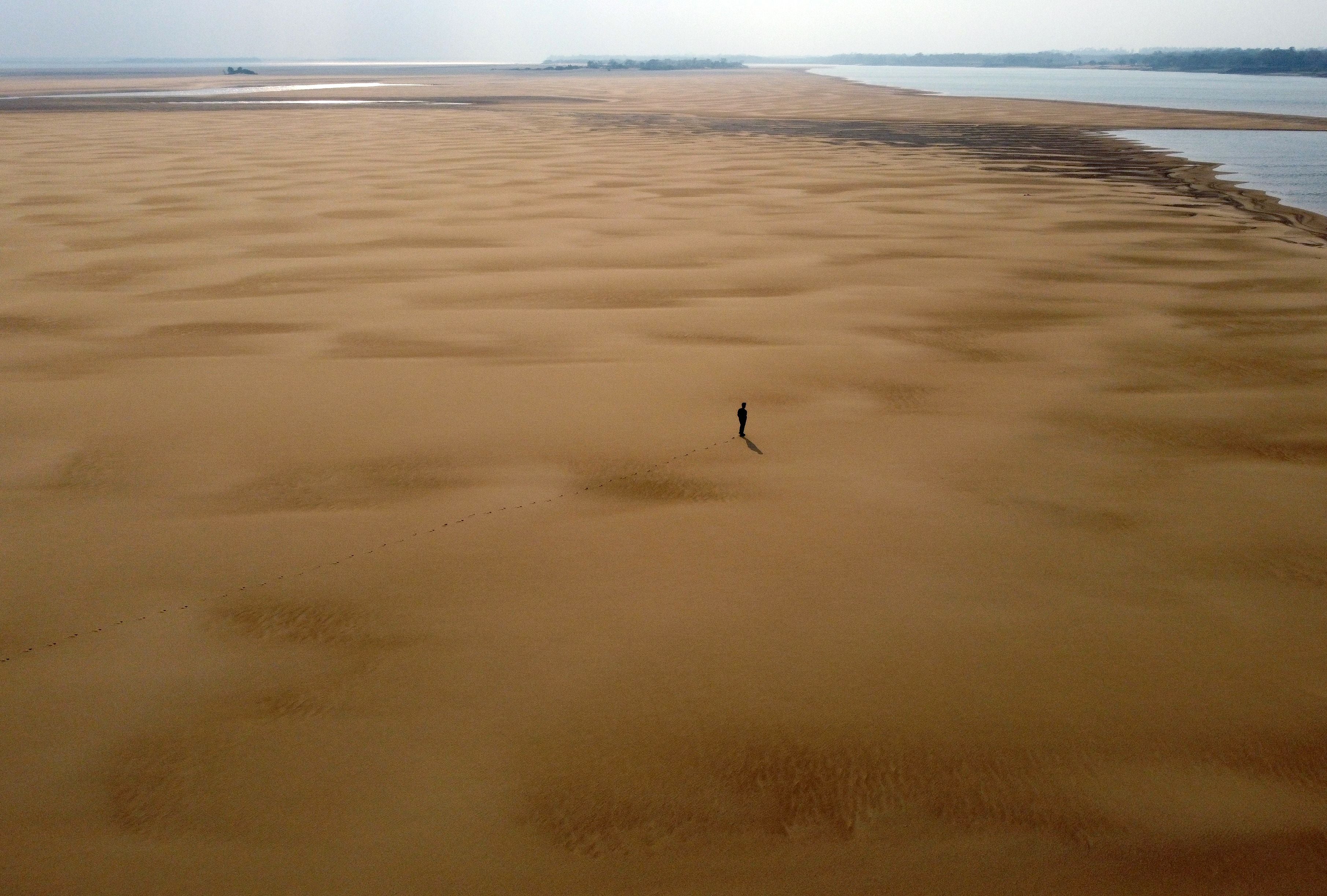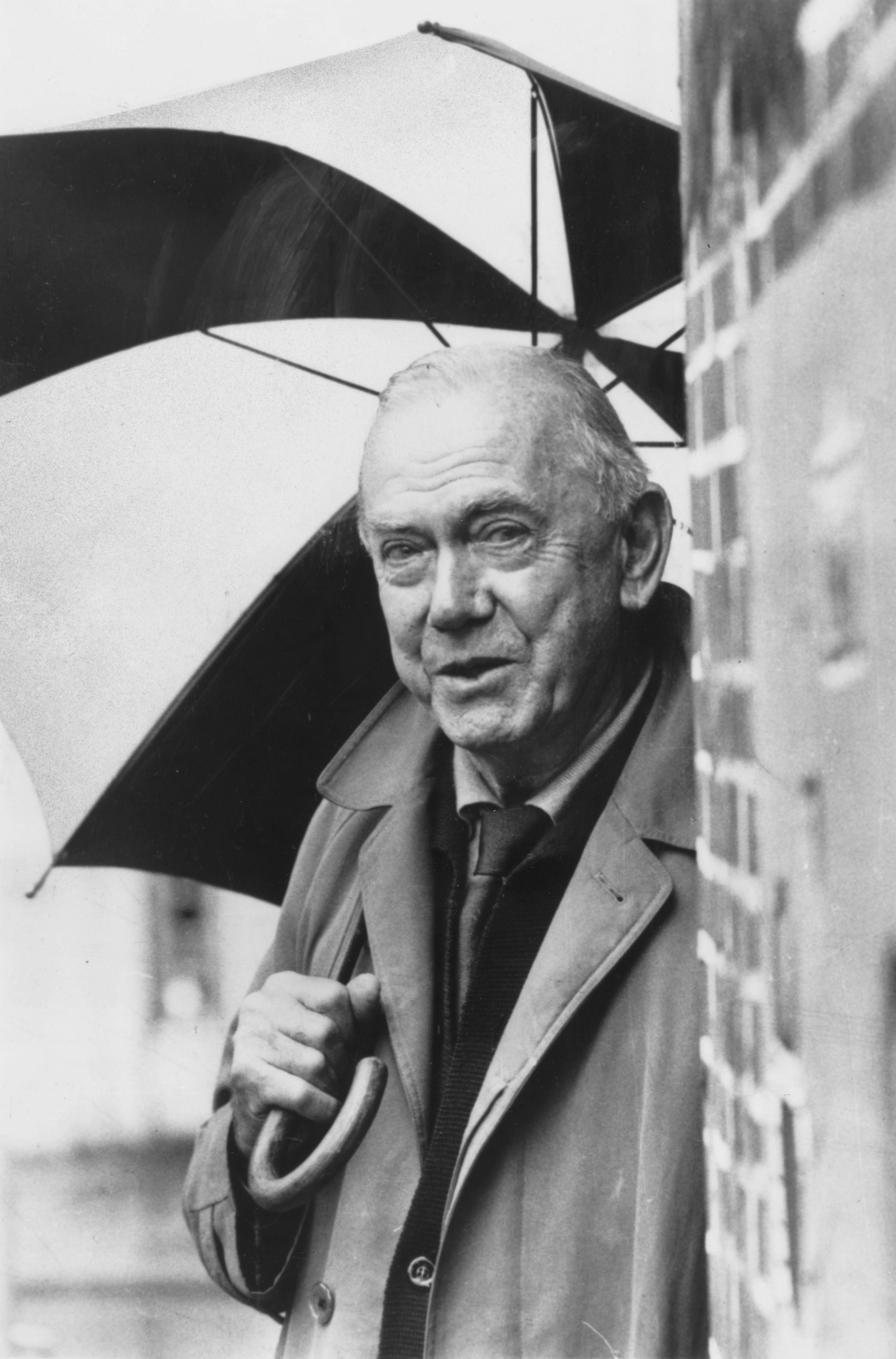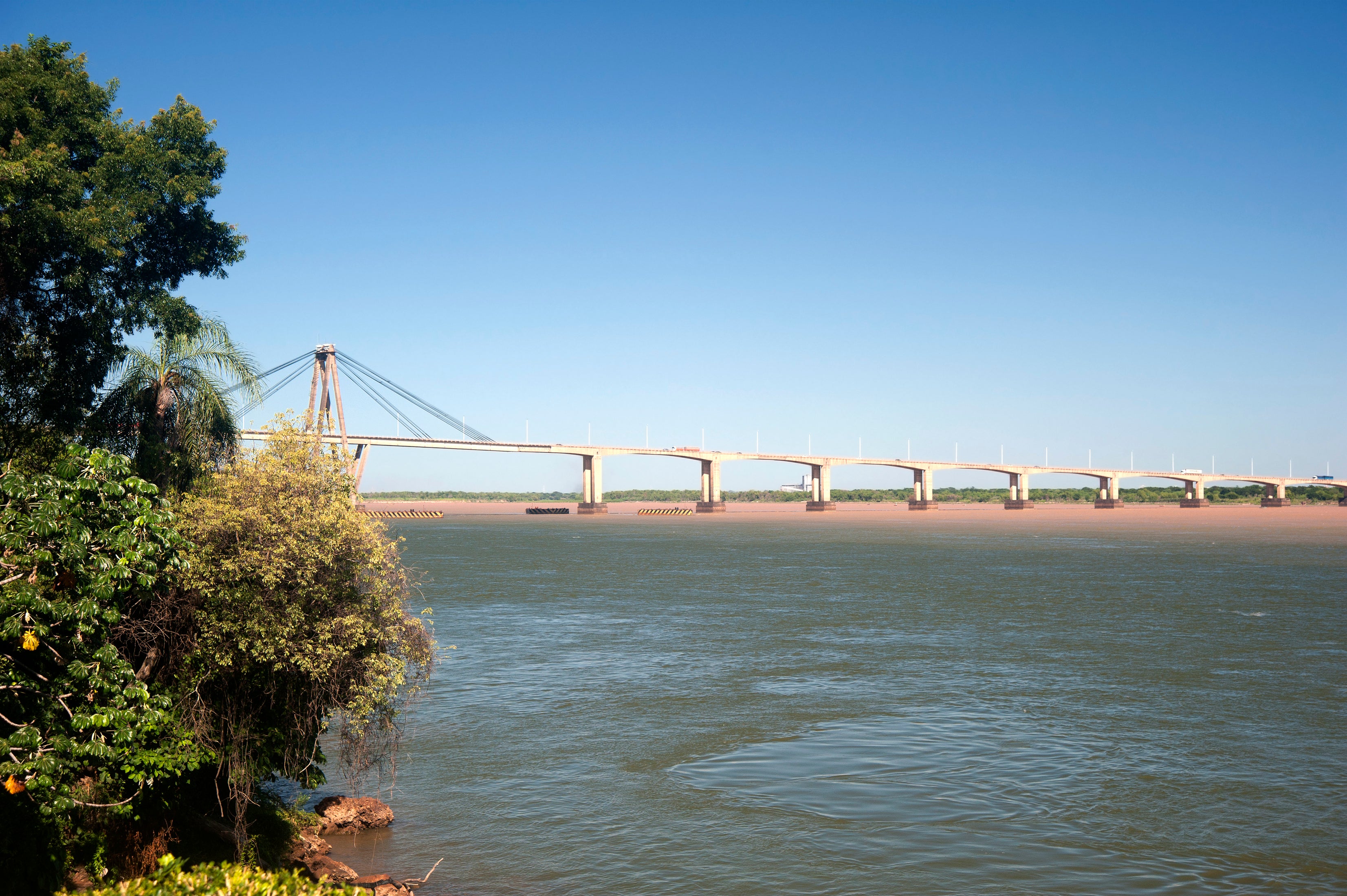The Independent's journalism is supported by our readers. When you purchase through links on our site, we may earn commission.
Finding the ghost of Graham in ‘Greeneland’, the less-trodden fringe of Argentina
The novelist and journalist Graham Greene was addicted to Latin America. Chris Moss, our man in Argentina, shadows the author’s ghost in the steamy city of Corrientes – where the writer fell for its ‘surreptitious charm’

They say you should never meet your heroes. How about chasing ghosts? I arrived in the city of Corrientes, in northern Argentina, with the sole purpose of thinking about writer Graham Greene. I wasn’t looking for the hotels and restaurants he visited 50 years ago, and I assumed the brothels he frequented were long since shuttered. I was more interested in a mood, a feeling, an explanation of his motives and clues as to how he turned brief sojourns into deep, intricate stories.
Despite living in Argentina all through the 1990s until 2001, and visiting every year since, I’d never been to Corrientes. It’s one of those cities tourism shuns: not small enough to be quaint, nor big enough to be bold; steamy, workaday and throbbing with traffic. Greene, who first espied it from a passing boat in 1968, told the French journalist Marie-Francoise Allain: “There was nothing to see, just a little harbour and a few houses, and yet a sort of surreptitious charm was already at work.”
He went back in 1970 and spent eight days there. Sleepy it wasn’t. Greene met a Colombian priest who had become a rebel leader. He learned of the kidnap of a Paraguayan consul by the Argentinian Liberation Front. Greene and his guide stumbled on the scene of a murder. A local man drove himself and his family into the river. At the time, guerrillas were plotting against the authoritarian regime of General Juan Carlos Ongania. There was plenty of material for a novel.

He set The Honorary Consul (1973) in Corrientes and the borderlands between Argentina and Paraguay, and created characters suited to the setting: a whisky-quaffing English diplomat, an Anglo-Paraguayan doctor, a former prostitute, a pompous and talentless Argentinian writer, a defrocked priest. Greene said it was his favourite among all his novels. He also made use of his stay in the region while writing Travels with My Aunt (1969), a lighter, globe-trotting “entertainment” about retired bank manager Henry Pulling’s extended holiday with his septuagenarian aunt.
I spent a long weekend in the city. An intense heatwave meant afternoons were exclusively for siestas, but in the mornings and evenings, I walked all over. Much time was spent along the chocolate-brown Rio Parana, high and fast-flowing due to heavy rains upriver in Brazil. I wandered round the plazas and backstreets Greene alludes to. I read El Litoral, the newspaper he scoured for stories. I ate the stodgy manioc flour rolls. Drinking excellent coffee at Lo de Pepe – baristas have arrived in Corrientes – or enjoying an al fresco beer at sunset, I could connect the place to the stories to the novel and its author. I much prefer Greene’s fiction to most travel writing because of his oblique rendering of places, and also because his expatriate protagonists often seem quite lost and not a little lonely. A lot of travel is like that, though people are loath to admit it.
Read more on South America travel:
Latin America is my favourite continent – and it was Graham Greene’s. He wrote five novels set in the region, as well as non-fictional works. He spent time in Indochina and West Africa, but the southern half of the Americas captivated him. Partly this was borne of a contempt for the US, which he saw as a bullying and brazen nation, overruled by dim politicians and bloated businessmen. That US presidents routinely sent the CIA down south to prop up dictators and give torture tutorials incensed him.
Then there was Latin America’s Roman Catholicism. Greene converted in 1926 and worked religious themes into his books. He said a line from Robert Browning’s long poem “Bishop Blougram’s Apology” could serve as the epigraph for all his novels: “Our interest’s on the dangerous edge of things. The honest thief, the tender murderer, the superstitious atheist.” He found a lot of moral ambivalence in the societies of Central and South America and the Caribbean.

For Greene, Corrientes was a “torpid Argentinean city whose only visible cultural institution is the brothel”. But the civic institutions in the historic centre are grand and quite imposing. The university, city hall, provincial government headquarters (built 1881–1886) and museums were all in handsome Italianate or Frenchified edifices. The San Francisco church and convent – which Greene no doubt visited, perhaps to take communion, or confession – begun in the early 17th century, was a substantial neo-classical affair. The main plaza was a gorgeous space, with a fountain, subtropical trees and statuary.
Greene, like all travellers, saw what he wanted to see and felt what he had to feel. Corrientes, in the early 1970s, corresponded to a particular political tension and personal alienation he set out to articulate. Critics have used the word “Greeneland” to generalise about the author’s way of evoking marginal places – but each novel freights something of its locale.
Dozens of writers have become the object of literary pilgrimages. Graham Greene might be the most famous novelist we associate less with a homeland or writerly abode than with foreign climes. He was a tireless taker of airplanes. He titled a memoir Ways of Escape. Curiously, his flawed, flailing characters and his melancholy, doubting personality make good company when on the road. His haunts reveal their ghosts, his books people dull places with interest. Argentina might seem a very different place to the country of dictatorships and terrible foreboding that Greene visited in 1970; I can easily imagine an analogue of President Milei in his novels, hapless, ridiculous and doomed. Chasing ghosts is satisfying – because times don’t change as much as we think, and there are no heroes.
Graham Greene’s Latin America: The books to pack
Mexico: The Lawless Roads, The Power and the Glory
Cuba: Our Man in Havana
Haiti: The Comedians
Argentina and Paraguay: Travels with My Aunt, The Honorary Consul
Panama and Nicaragua: Getting to Know the General, The Captain and the Enemy
Travel essentials
How to do it
Aerolíneas Argentinas flies from London Gatwick to Corrientes via Madrid and Buenos Aires; returns from £1,220pp. Other airlines, including British Airways and Latam, fly to Buenos Aires.
Journey Latin America has tours that include Corrientes. For a list of specialist tour operators, see lata.travel.
Where to stay
The Alondra Guesthouse is a stylish boutique hotel with a shady patio, small pool and a great restaurant.
Read more on the best winter sun hotels
Join our commenting forum
Join thought-provoking conversations, follow other Independent readers and see their replies
Comments
Bookmark popover
Removed from bookmarks